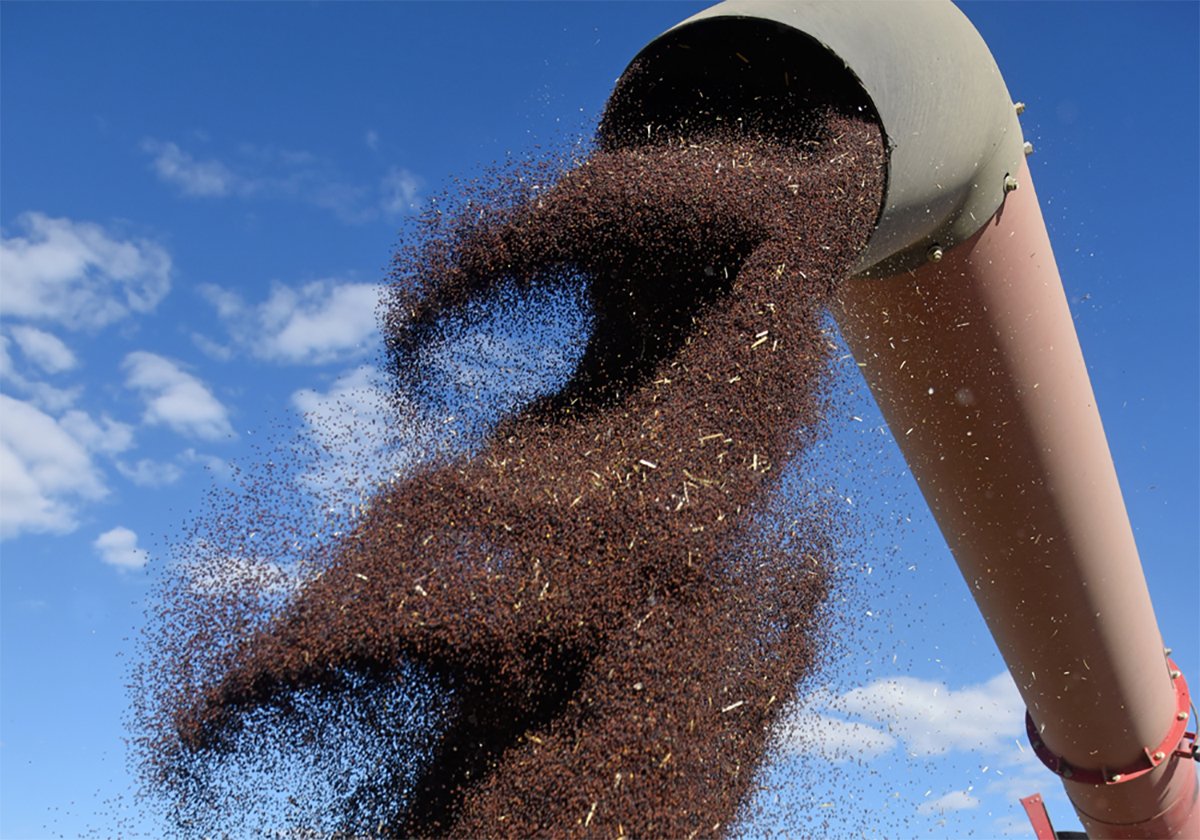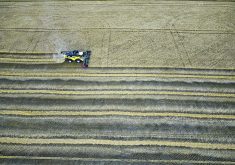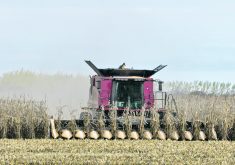Crop quality is becoming an issue as harvest begins in Saskatchewan.
“We are seeing fusarium,” said Daryl Beswitherick, program manager for quality assurance at the Canadian Grain Commission.
“Enough to downgrade to a No. 2, some to a No. 3 but not extremely high amounts as we’ve seen in the past when you get feed grades and sample grades.”
Midge is also showing up in wheat crops. Damage is widespread in Saskatchewan and is bumping the crop down one or two grades.
Beswitherick said quality is a mixed bag this year and is not as big an issue as the disappointing yields.
Read Also

Ag minister says tariff situation with China is fragile, volatile
Agriculture ministers from across Canada said they heard canola producers’ concerns about tariffs but it seems unlikely they can do much about them.
“There is some stuff that is going down (in grade), but it’s not terrible. It’s not like we’ve had a frost and everything is feed wheat,” he said.
“I definitely don’t want to sound any alarm bells.”
Beswitherick stressed it is still early in the harvest to be drawing firm conclusions about crop quality. The commission has seen 1,500 crop samples from the three prairie provinces out of a typical annual volume of 8,000 to 10,000 samples.
He hasn’t received many samples from Alberta, where harvest is in the early stages, but what he has seen is in fantastic condition.
“Some of the early stuff looks really, really good, some of the best wheat we’ve seen.”
However, quality issues are definitely emerging in Saskatchewan. The province’s crop report for Aug. 28 to Sept. 3 makes repeated references to concerns throughout the province.
Grant McLean, cropping management specialist with Saskatchewan Agriculture, is particularly worried about the northern farm belt because of wet conditions.
“Late-season rain could certainly drop the grades, particularly on the wheats,” he said.
As well, there are numerous reports of high green seed counts in the province’s canola crop.
McLean thinks that could be because growers swathed the crop too early during the heat of summer due to concerns about damage from sclerotinia and aster yellows disease.
Beswitherick said most of the canola is grading No. 1, but the oil content is two percentage points below the average of 44.5 percent.
If that trend continues it could be a big blow for crushers, who are already facing the prospect of a smaller than expected canola crop.
Beswitherick said it’s possible canola oil content will improve as the later-seeded crop is harvested.
The hot and dry weather in Manitoba and Saskatchewan caused a lot of tiny canola seeds and led to poor test weights in many of the early oat and barley samples.
There were numerous references in Saskatchewan’s crop report to light barley crops.
“Instead of nice plump barley it’s thin. That tells me that the heat hit it or else it didn’t fill as well because of leaf diseases,” said McLean.
Beswitherick said peas are being downgraded because of adhered dirt but nothing out of the ordinary. Lentils are of average quality and thrived under the hot, dry conditions.















